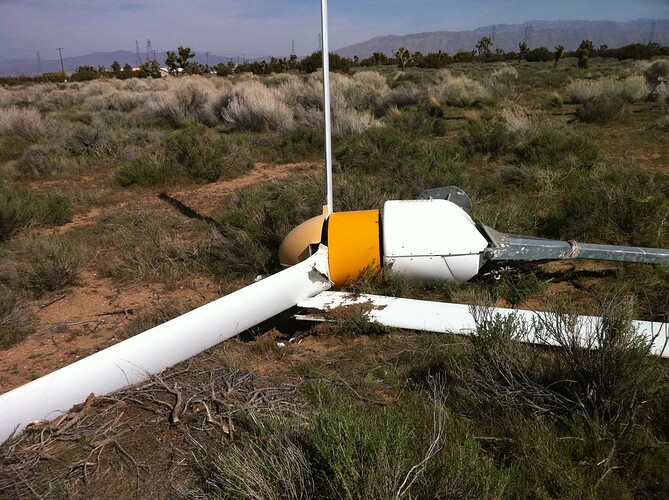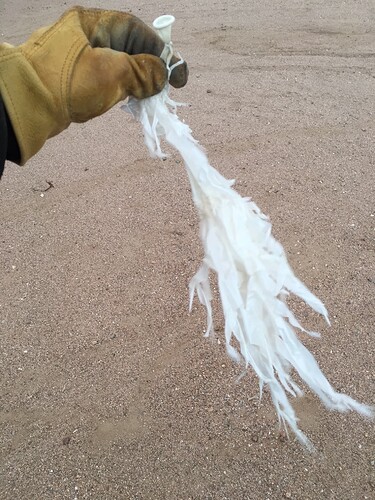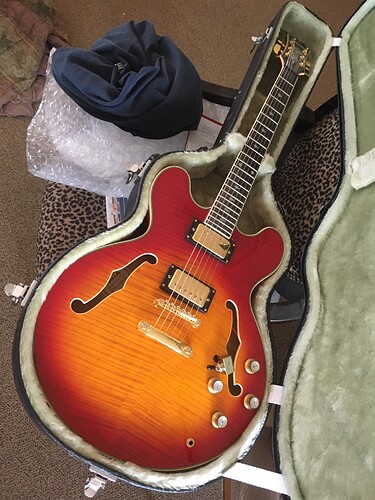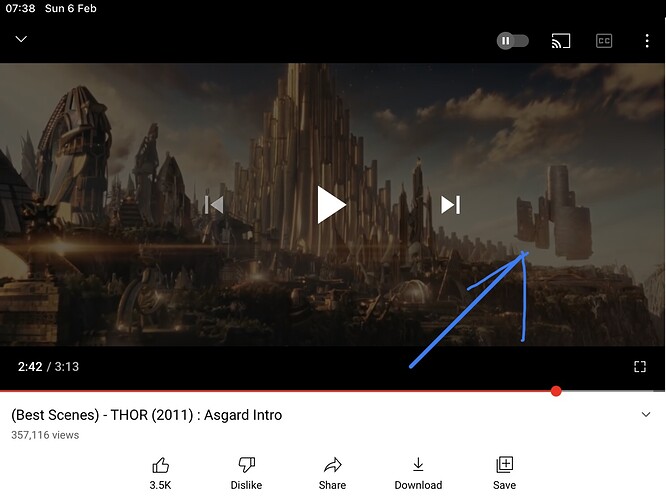This reminjds me of when, as a lad, I asked my mom why they called it “drag racing”. Her reply: “Maybe because they have to drag their feet to stop?” I believe the real answer is they were racing on “the local drag” meaning a strip of street people “drag” up and down “trolling” for some fun on a Saturday night. I think the last person to use foot-dragging to stop was Fred Flintstone.
As I have pointed out more than once, the terms “lift mode” and “drag mode” have been in use for decades (or more) in wind energy. Kite-reeling would normally fall under the Savonius concept, except for using lift to artificially increase the area from which to extract “drag”. The tether is “dragged” from the drum. How do you know? Because it is dragged out at less than the speed of the wind itself (?)
The notion that newbies to wind energy decided in their innocent naivety to name the Makani concept using two levels of “lift” to generate electricity as a “drag machine” (because it “drags” its propellers through the air) is, I would say, about as astute and accurate as my young mom’s musings about “drag racing” being so-called because the driver drags his (or her) feet to stop - just not accurate.
Really, to my way of thinking, and I’m not saying it is correct, just my impression, all these “scientific” “papers” are meaningless until someone can demonstrate an economical energy solution. Right now in my neighborhood, people are swapping out rebuilt Bergey turbines for failed machines. Bergey turbines have enjoyed the reputation as “the best” or “most reliable” turbine in “small-wind” as long as I can remember. (Yet I can show you many pictures of missing blades, destroyed turbines, etc.)
They have been the choice for “scientists” for any project such as one that proved hydrogen as energy storage returns something like 3% of the energy put in, you know, learning about reality. One fatal flaw of the Bergey line has always been the furling cable breaks within the first few years of operation, so you can’t furl it in case you need to shut it down, or in preparation for an oncoming severe storm. Seems to happen to every single one of them. In all the years of NREL, Bergey, and a lot of installers helping to refine the Bergey design, no “engineer” or “scientist” had ever solved the furling cable failure issue. It was only recently that someone noticed the problem was the turbine trying to “push” the flexible cable into its “jacket” or conduit. As the old saying goes, “You can’t push a rope”. The cable would fold instead of going into its jacket every time the turbine furled on its own, and the constant bending of the steel strands would reliably cause the cable to fail, even if nobody ever used it. Well after 40 years of this scrutiny by the world’s leading “scientists”, the manufacturer, and everyone else, someone finally figured out you could add a spring or a weight, to keep tension on the cable from the ground, supposedly solving the problem. Looking back, this seems so obvious in retrospect, yet for years even the manufacturer’s tech support would tell you “Ahh, don’t worry about the furling cable - you don’t need it - they always break anyway - we just added it because at one point some municipality wouldn’t allow an installation unless it had a way to shut down the turbine” - that sort of thing.
So in all those years of scrutiny of the Bergey machines, nobody had stumbled across something that basic. And Bergey is about the only survivor in the small-wind “industry” since solar got so cheap. That is the reality of wind energy at least at a small scale, and I doubt if any scientific paper was involved in finding or even recognizing such a simple solution to what should have been an easily-identified cause of cable failure. There is an old saying in wind energy about the modern wind energy industry having been kick-started by a proverbial “farmer with a welder”. Seems to still be in play. In my experience, the role of “science” in wind energy seems to be more about analyzing and fine-tuning things made to work by practitioners in the field, rather than contributing actual solutions in terms of basic configurations. If AWE is still at the point of trying to figure out the difference between lift mode and drag mode, I don’t even know what to say.
Roddy I would not worry about what anyone “says”. Talk is cheap. If something works, it works. If not, then not. No idle bystander’s opinion will change that, no matter what their supposed credentials… Don’t let it worry you. It is not a true factor, and does not matter in the least.









